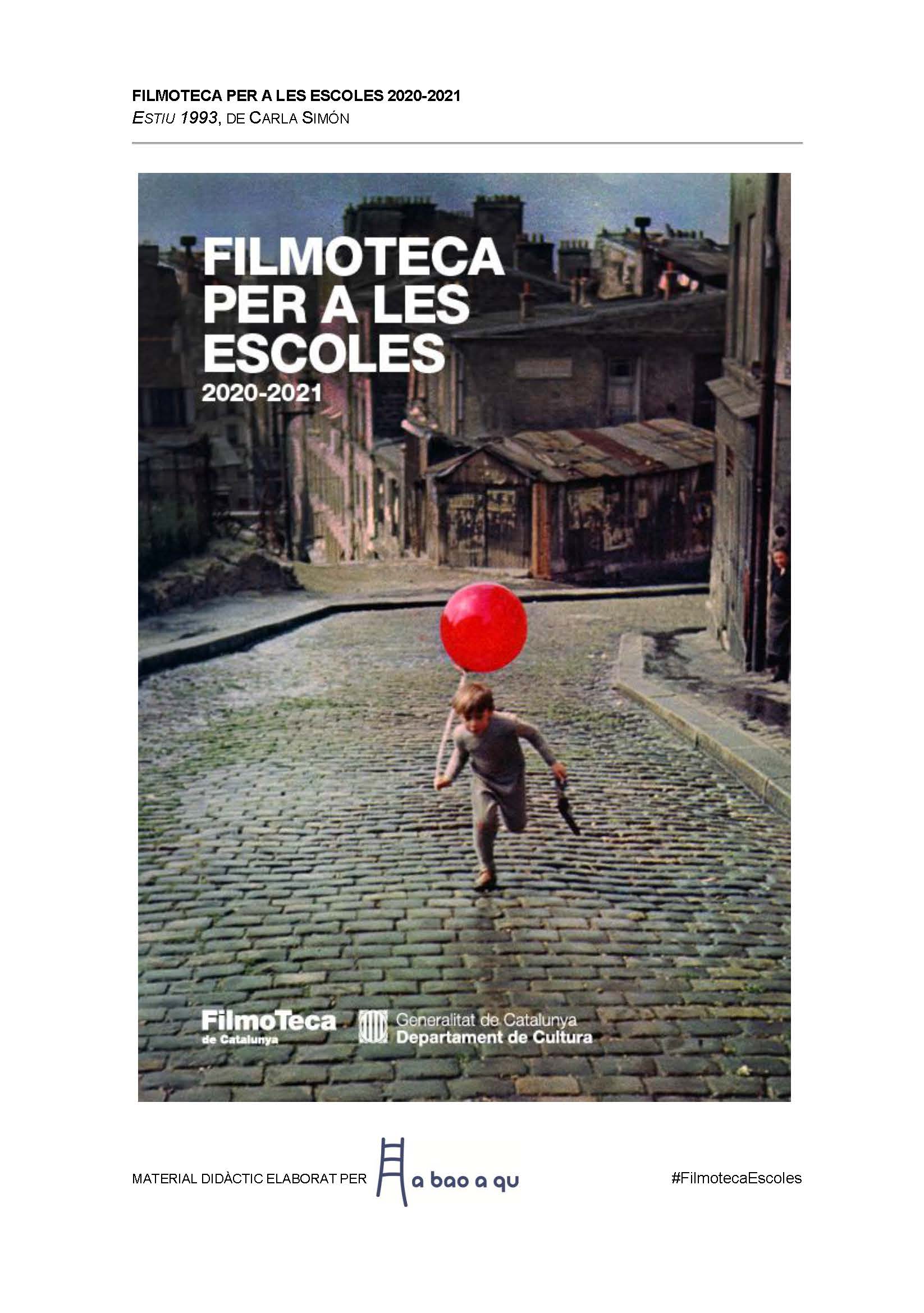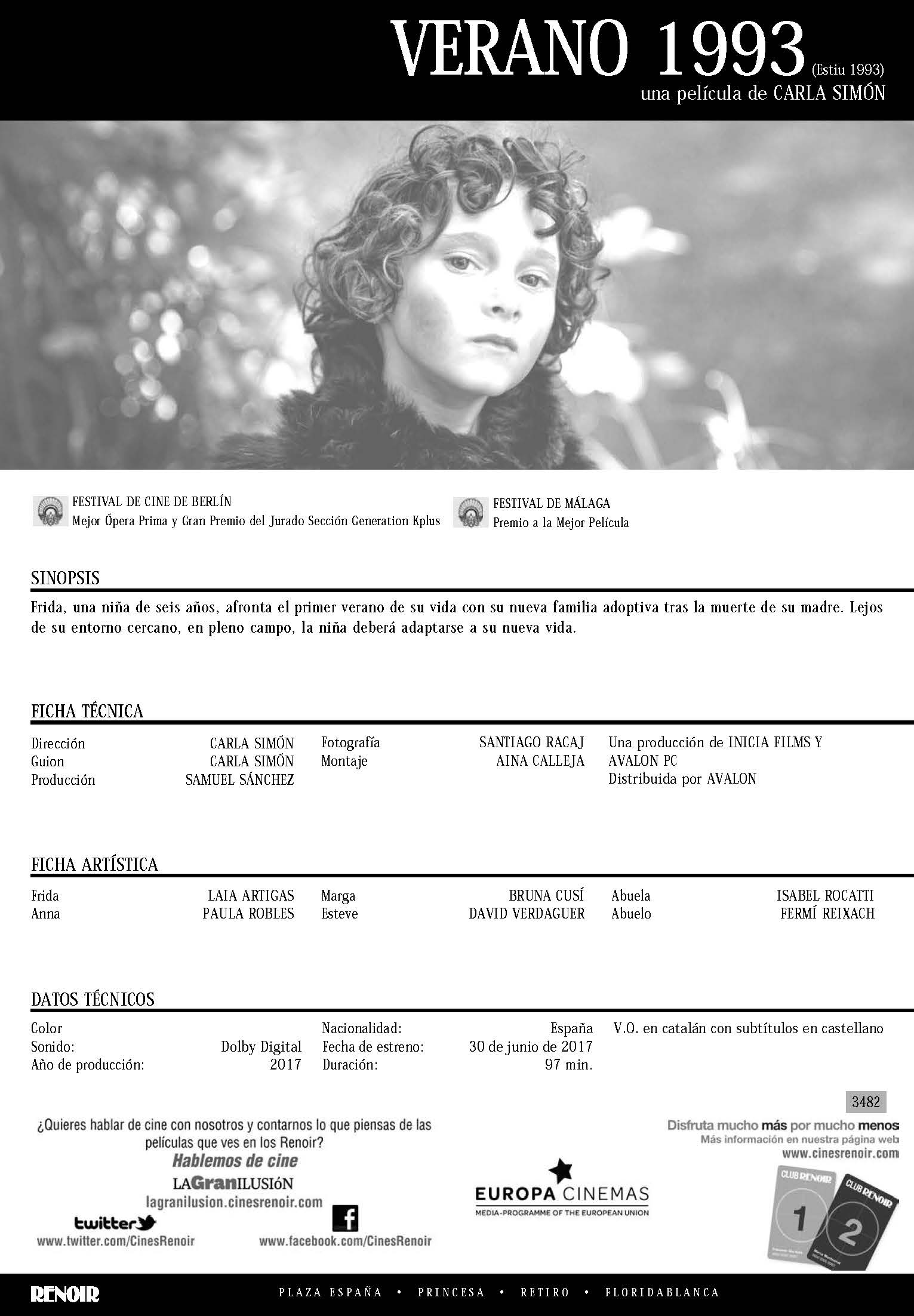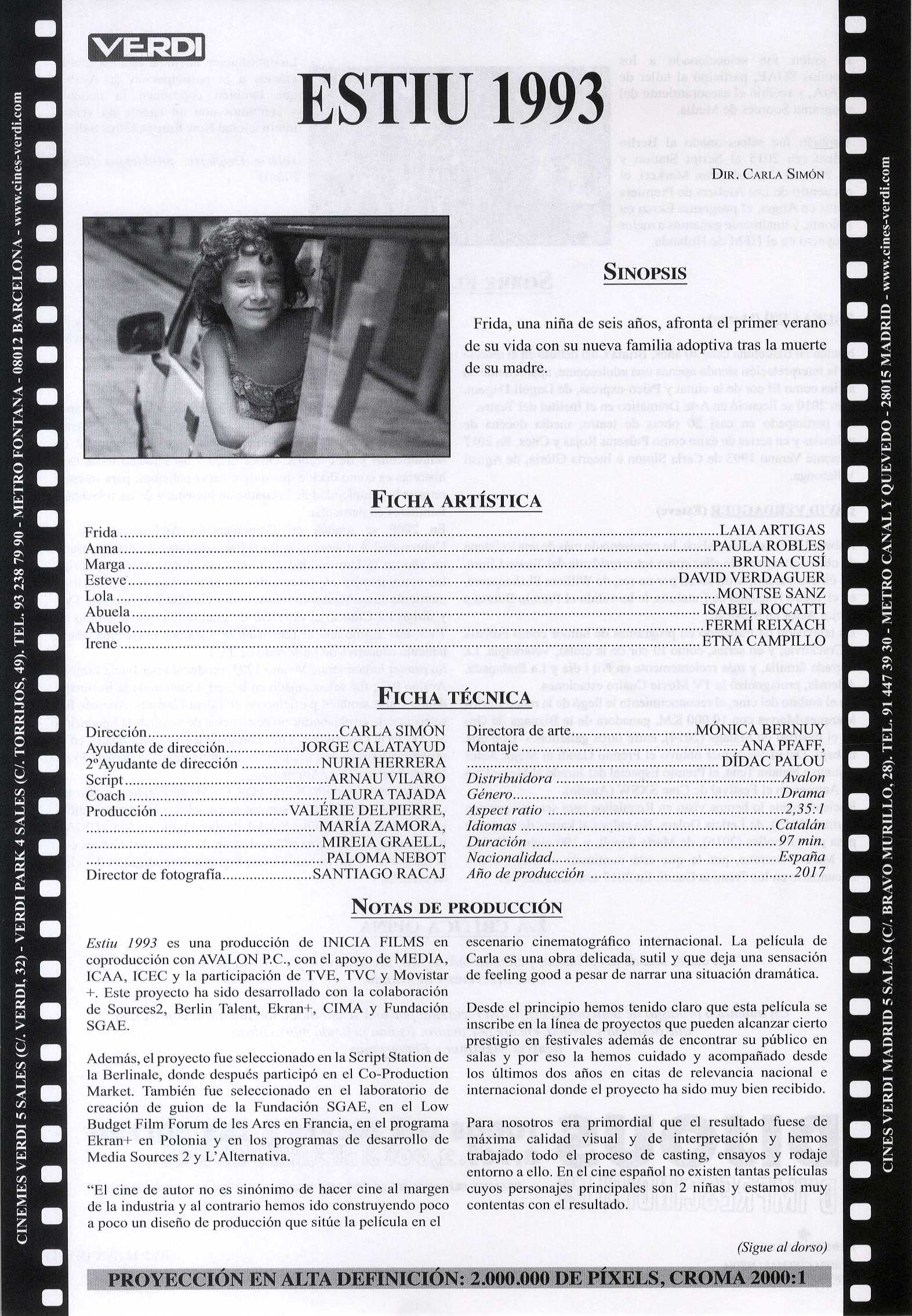Resum
This article seeks to explore the presentation of play in two child-centred Spanish films. Carlos Saura’s Cría cuervos (1976) and Carla Simón’s Estiu 1993 (2017) demonstrate that playful interactions offer cinematic child protagonists
a plethora of ways to speak in the narratives. A reconsideration of the child orphan character in Spanish cinema will allow us to move away from
limited understandings of the filmic child of much Civil-War themed cinema as a mute witness or cipher of victimhood. This essay will use a tripartite approach, with the transition to democracy as a lens, examining the beginning
of the transition in the 1970s as seen in Cría. The consequences of the transition that are apparent in 1990s cinematic childhoods in Estiu will then also
be explored. Through a comparative analysis, I demonstrate that the protagonists frequently turn to play to make sense of the dramatic social and political changes that envelop their world. Both Saura and Simón remind
audiences that children were indeed present for, and affected by, the historical events of the Franco regime (in Cría cuervos) and the AIDS crisis of 1980s
and 1990s Spain (in Estiu 1993).






